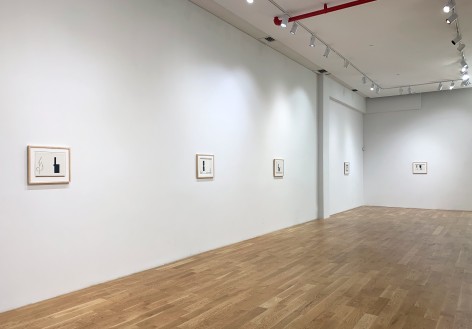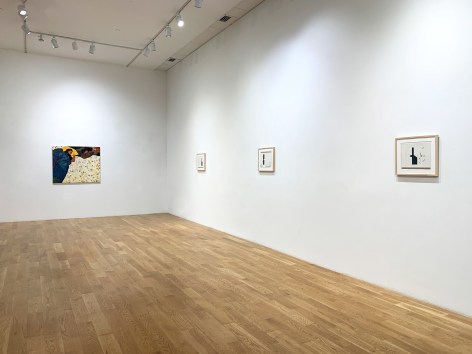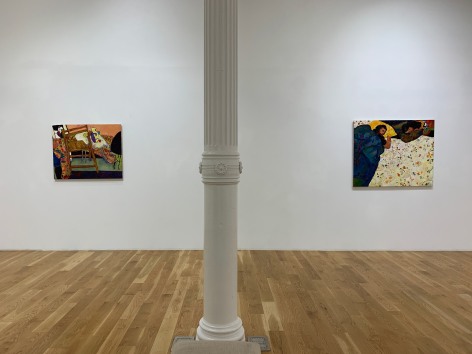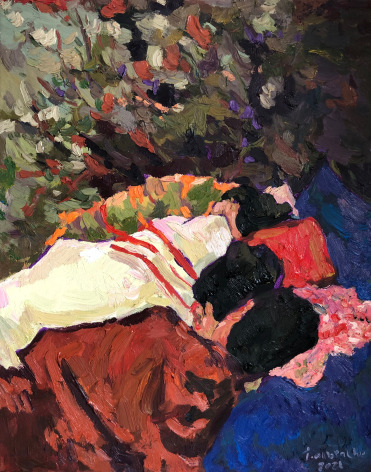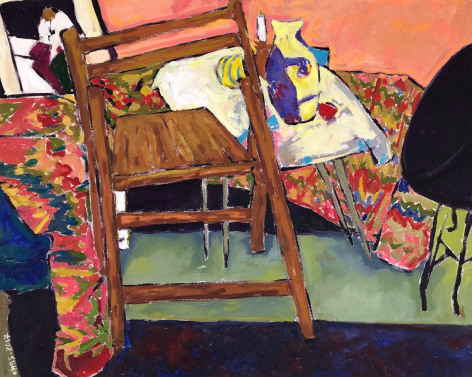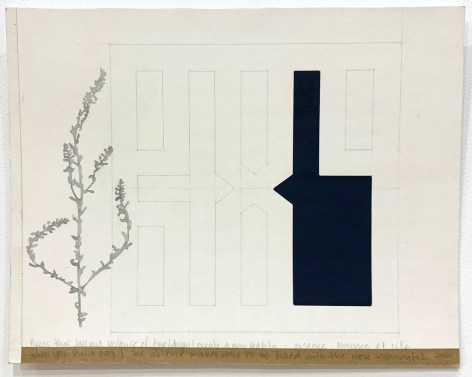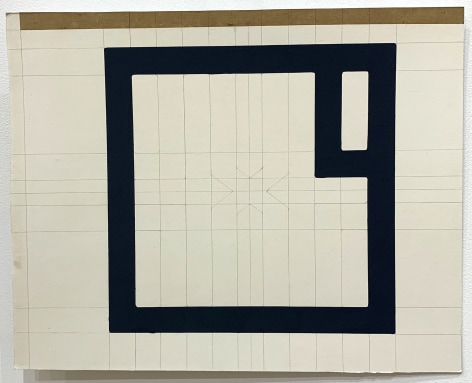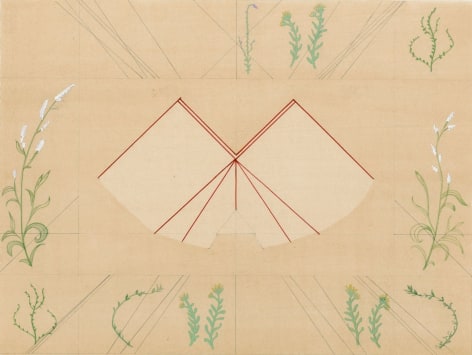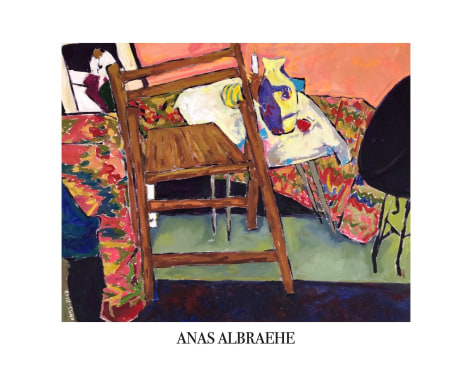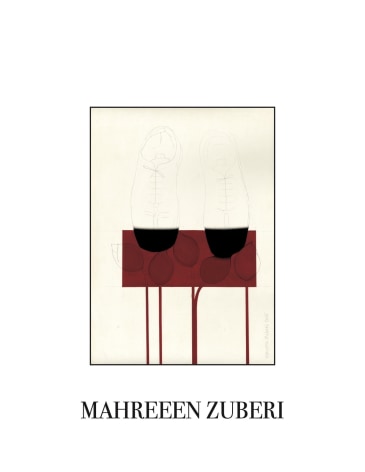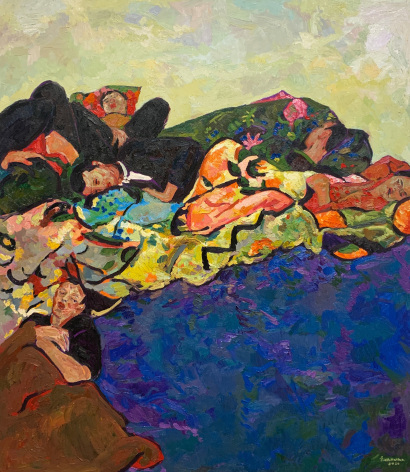
ANAS ALBRAEHE
The artist starts each painting from life, never from photographs, and then lets his imagination guide the rest of the way, particularly with color choices. The resulting paintings are intuitive, soulful, and balanced explorations of color and shape. The artist draws inspiration from Henri Matisse and Paul Gauguin, while at the same time instilling his own unique perspective and sensitivity in the work.
The artist frequently paints sleeping subjects—while asleep, we are vulnerable, quiet, dreaming, free from the chaos of our everyday lives and onslaught of news and information. All men sleep and all are equal in sleep. Albraehe states:
The quilt wraps us up in our joys and sorrows and allows us to surrender ourselves and move away from life, if even for a few hours. When we are asleep, we are all alike—whether you are sleeping in a palace or a child sleeping in the street, both are absent from reality, and the quilt is as intimate as your own house. In the context of my paintings, each quilt takes on a different colour to show it as a unique home to its sleeper.
Born in Syria in 1991, Anas Albraehe is a multidisciplinary artist focused on painting and theatre. He graduated with a Bachelor's degree in Painting and Drawing from Damascus University of Fine Arts in Syria in 2014. After the beginning of the war in Syria, he moved to Lebanon where he obtained a Master's degree in Psychology and Art Therapy from the Lebanese University in 2015. His recent work combines his interests in the fields of art and psychology to produce a portrait that explores the psychology of color and the gaze of the Other. Anas Albraehe's solo exhibition, entitled Manal, was held at Artspace Hamra in Lebanon and Wadi Finan in Jordan in 2017. He also participated in two group exhibitions at Al-Bareh Gallery in Bahrain in 2015 and Artspace Hamra in 2016. Anas Albraehe participated in SAFIR TA'AROF 2017, an art workshop within the framework of the Sharjah Art Biennale, 2016-2017. He exhibited two series at the Agial Gallery in Beirut, The Dream Catcher in 2018 and Mother Earth in 2020.
Anas Albraehe has worked on several successive series of paintings, each time taking as subject precise elements of his environment in Syria and Lebanon. He is inspired by the people around him but also by memories of his home region.
MAHREEN ZUBERI
"Over the past few years I have been drawn to the idea of owning a piece of land to build on. A large part of the neighborhood where I walk with my father and my two young daughters is demarcated into 500 square yard plots that have not yet been built on. Much of this land is reclaimed from the sea. With no boundary walls erected, the land is wild, with indigenous plants growing in abundance.
On each walk we took, I started collecting plant samples. I noticed the changes in the plant growth with changes in weather and how certain species it looked like were evolving and even cross breeding. Many homeowners treat these indigenous varieties as weed and have them uprooted to build manicured gardens. I am fascinated by the resilience of the indigenous/weed seed. The seeds can stay in the soil for years, waiting for the right conditions to grow. They evolve to flourish in indigenous soil and strive in the indigenous climate.
The empty plots also serve as dumping grounds for rubble from old houses, that have been torn down to be renovated or built over. From heaps of rubble I scavenged pieces of homes. Many such ancestral homes were built before the 1970’s and possess the architectural feature of the jafri. The jafri is a perforated screen, part of Indo Islamic architecture. The jafri motif used in this body of work is from my previous home. Pieces from the jafri had fallen out from places because of time and decay creating a new and somewhat unpredictable motif.
My work reflects on the transience of life and the resilience of the human spirit. In the missing parts I saw new possibilities of change and excitement of an unknown reality. The absence made way to be filled with the more meaningful."

